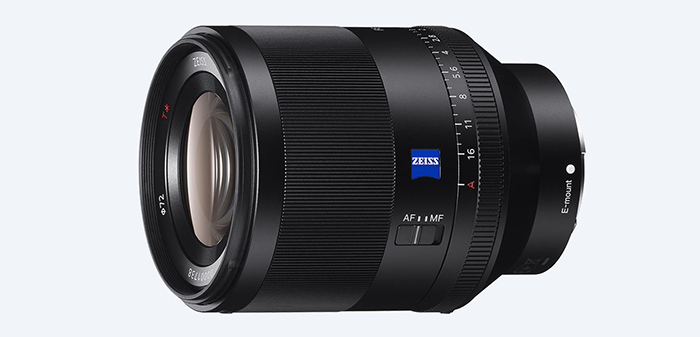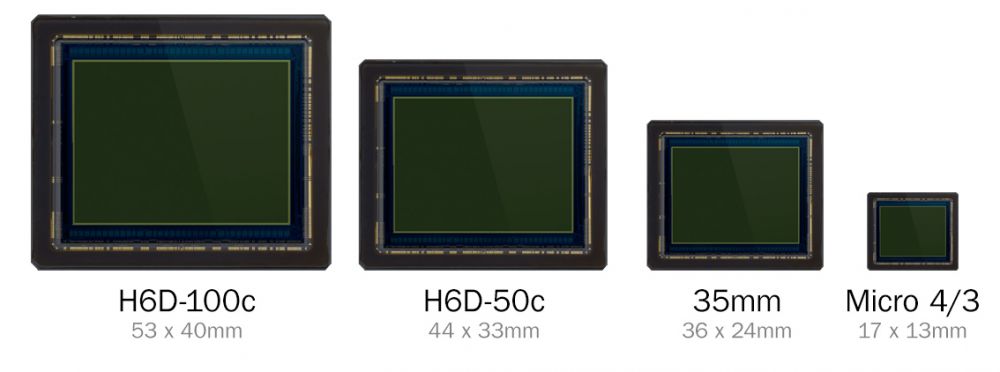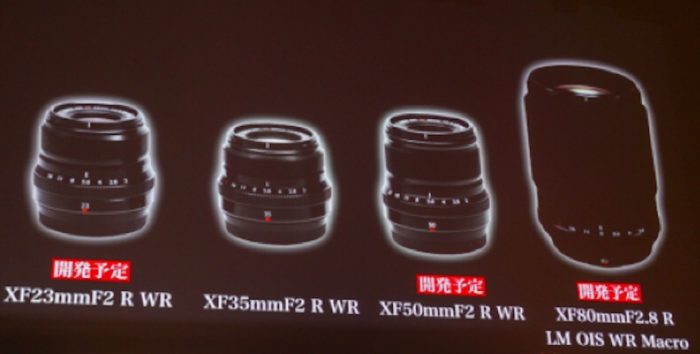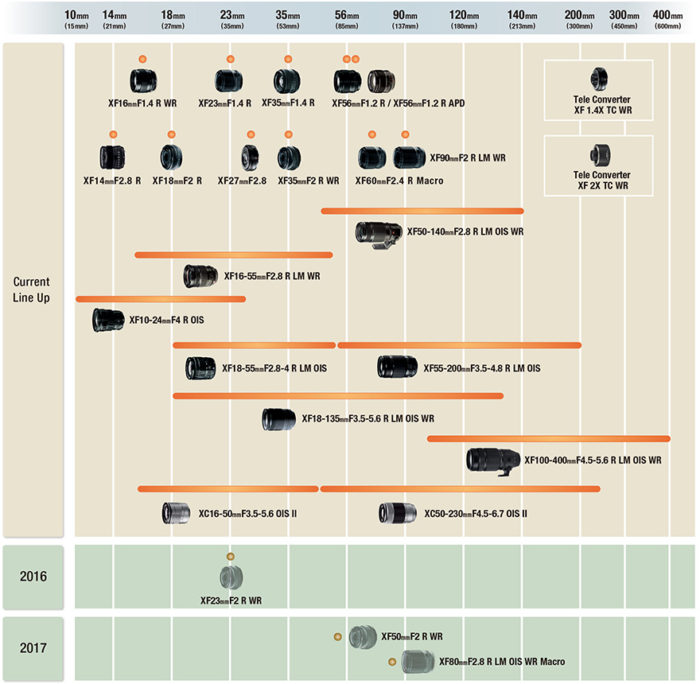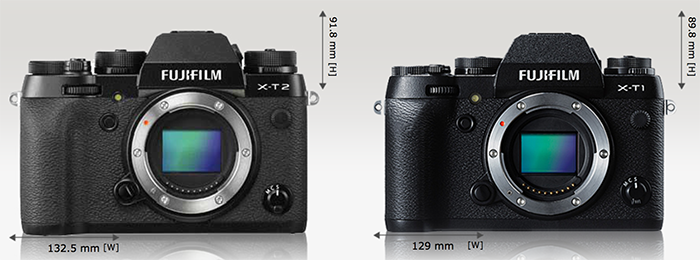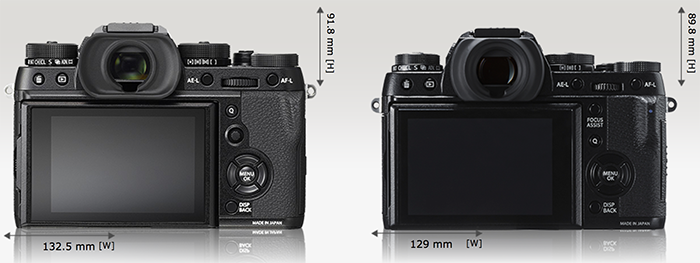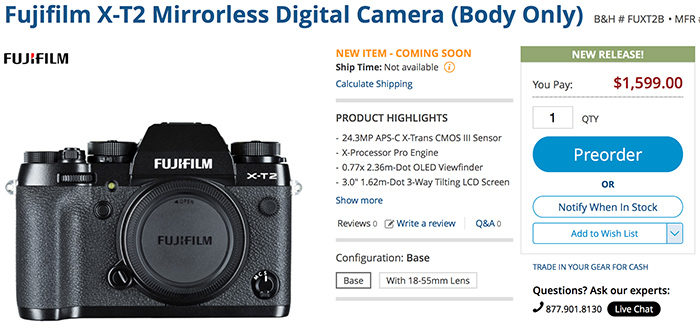Hasselblad X lenses are good for future 100 MP sensors…
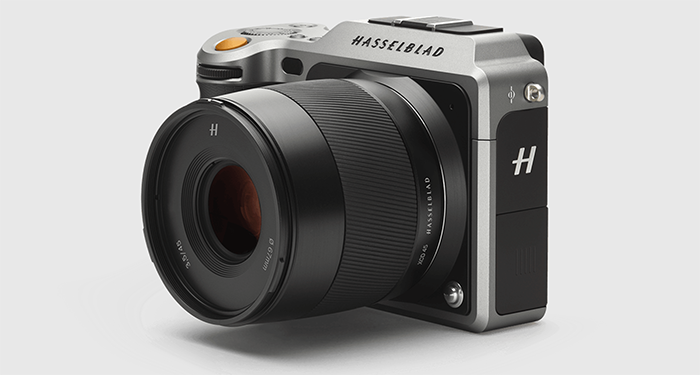
Hasselblad-CEO Perry Oosting confirmed at Photoscala that the X lenses are good enough to outresolve future 100MP X1D cameras. Of course Megapixel race will never stop until will reac.h…ehmm..how many Gigapixels do we need? :)
